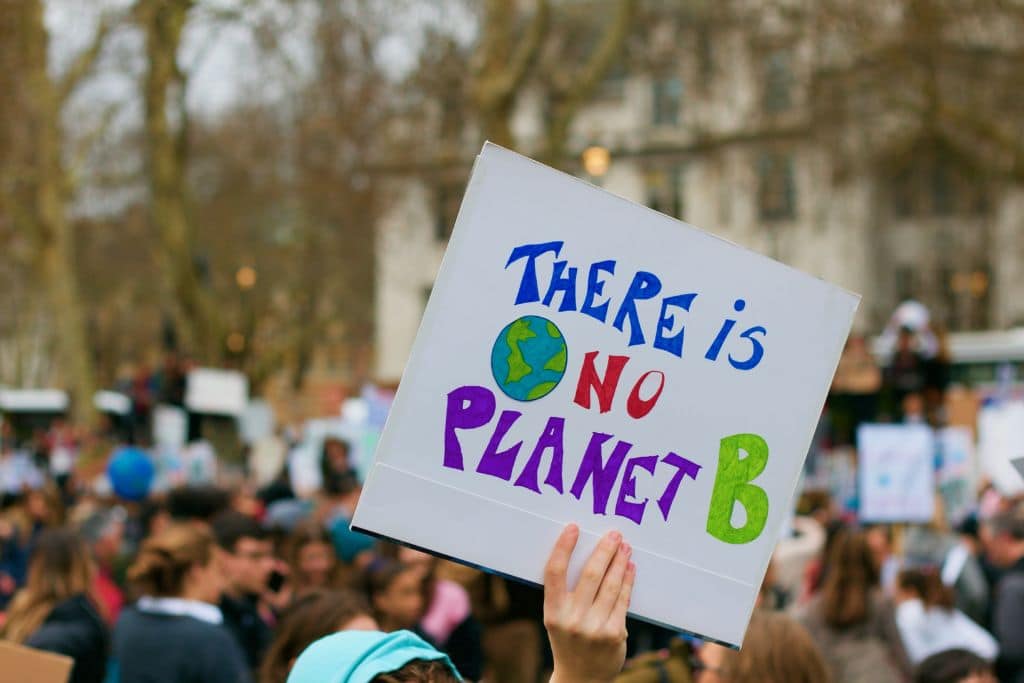The plaintiffs, aged 5 to 22, accuse Montana of violating the constitutional right to a clean and healthful environment through fossil fuel-friendly policies. The country’s first youth climate trial is expected to set an important legal precedent.
—
The first youth climate trial in US history kicked off on Monday in Helena, Montana, where 16 young residents accuse state officials of violating their constitutional right to a healthy environment, hoping to set an important precedent and encourage legal action elsewhere in the country.
The plaintiffs, aged between 5 and 22, filed the lawsuit in 2020. Grace Gibson-Snyder, a 19-year-old plaintiff, described the case as “one big opportunity for the state to become a leader in preserving a safe, beautiful and prosperous future for Montana.”
“We’ve seen repeatedly over the last few years what the Montana state Legislature is choosing. They are choosing fossil fuel development. They are choosing corporations over the needs of their citizens,” she said.
The current state’s constitution, adopted in 1972, states the “state and each person shall maintain and improve a clean and healthful environment in Montana for present and future generations”. By expanding fossil fuels, however, the state has effectively failed to uphold this responsibility, instead endangering the health and livelihoods of residents and future generations, the plaintiffs argue.
Montana has the largest recoverable coal reserves in the US and accounts for about 5% of US coal production. According to data from the Energy Information Administration, in 2022, it ranked 10th among the states with the largest share of electricity generated from renewables, about 53%. Nevertheless, coal-fired power plants still provided the largest share of the state’s electricity generation, accounting for 42% of in-state generation, followed by hydropower at 38%, wind power at 15%, natural gas at 2%, and petroleum coke at nearly 2%.
“I don’t think there was a sense until somewhat recently that litigation in courts, under state constitutions, might be a path forward,” co-plaintiff Claire Vlases told Grist. “I’ve done as much as I think I can do as a person. And now I believe it’s time for my government to take action.”
The trial is the first of its kind in the US. Montana officials have so far opposed the case on procedural grounds. The judge presiding over it has stated that she will not issue prescriptive policies for the state to enact, if the young plaintiffs were to win in court, but she would instead issue what is called a “declaratory judgement”, declaring it had violated its own constitution. This would set an important legal precedent on courts weighing in on climate cases and would hold the government accountable when it comes to protect its citizens from climate change.
You might also like: 10 Young Climate Activists Leading the Way on Global Climate Action
“[The ruling] will change the future of the planet if courts will start declaring the conduct of government unconstitutional,” Julia Olson, founder of Our Children’s Trust, the nonprofit that filed the lawsuit on the plaintiffs’ behalf, told the AP. The environmental group has filed climate lawsuits in every state on behalf of young plaintiffs since 2011. Most of them, including a previous one in Montana, were dismissed prior to trial.
In recent months, the Biden administration has taken steps to limit greenhouse gases from fossil fuels. Last month, the Environmental Protection Agency (EPA) unveiled a proposal to limit emissions from coal and gas-fired plants, marking the first time the US government has directly regulated carbon dioxide emissions from existing plants.
The proposal, more than 18 months in the making, would impose a set of emissions limits on both existing and new plants that vary according to the type of plant, how it is used, and when it is scheduled to shut down. In order to meet the new standards, power companies would need to install carbon capture and sequestration technologies, shift to low-emission hydrogen as a fuel, or to renewable sources such as wind and solar.
Featured image: Pxfuel
You might also like: How the Landmark Montana Climate Trial Paved The Way For Young Climate Activists


















